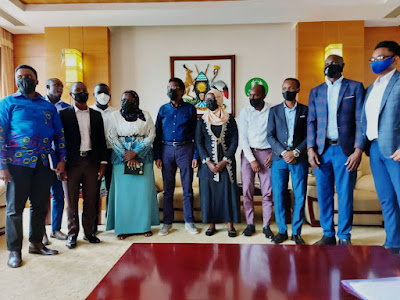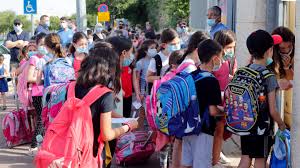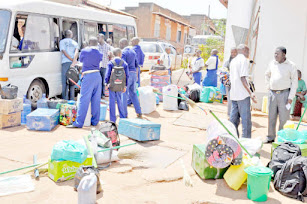By Cassious David Kisakye
Climate change has become an undeniable reality, and its impact is felt worldwide. Uganda, known for its stunning natural beauty, rich biodiversity, and vibrant culture, is not immune to the devastating effects of this global crisis. In this article, we will explore the extensive and unique challenges that Uganda faces due to climate change. By examining alarming studies, harrowing statistics, and firsthand accounts, we will shed light on the urgent need for action. Through this exploration, we hope to garner support and win grants to combat climate change in Uganda.
Rampant Landslides: A Dire Consequence of Climate Change
In recent years, Uganda has experienced a significant increase in landslides, primarily attributed to climate change-induced factors such as intense rainfall and deforestation. According to a study conducted by the Makerere University, landslides in Uganda have doubled in the past decade. The data reveals that over 250,000 Ugandans have been displaced, with countless lives lost due to this calamity. Such devastating landslides not only result in immediate casualties but also exacerbate poverty, as communities struggle to recover from the destruction of homes, infrastructure, and farmlands.
 |
| Landslides like these in Eastern Uganda have become a common site in this region. (Courtesy Photo) |
Air Quality Crisis: Choking in Uganda's Cities
Urban centers in Uganda, including the capital Kampala, are grappling with deteriorating air quality, presenting grave health risks to their residents. Rapid urbanization, vehicular emissions, and industrial activities contribute to the rising levels of air pollution. According to the World Health Organization (WHO), Kampala's air quality index consistently exceeds the safe limits, with high concentrations of particulate matter. This alarming situation has led to an increase in respiratory illnesses, such as asthma and bronchitis, and poses severe long-term health consequences for the population.
 |
| Kampala air quality has steadily become worse as the years have passed by (Courtesy Photo) |
The Unseen Danger: Climate Change and the Rise of Diseases
Climate change has also triggered a worrying surge in diseases in Uganda, including cancer. Prolonged exposure to environmental toxins, contaminated water sources, and altered disease vectors has contributed to the prevalence of various cancers. A study by the Uganda Cancer Institute reveals that the incidence of cancer has doubled in the last decade, with environmental factors playing a significant role. The rising temperatures and changing rainfall patterns have also led to the spread of vector-borne diseases like malaria and dengue fever, further burdening Uganda's healthcare system.
 |
| The rise in diseases like Cancer have risen in Uganda due to the difficulties like environmental factors. (Photo credit: New York Times) |
Uganda's Call to Action: Quotes from Influential Voices
Prominent personalities, renowned for their commitment to climate change advocacy, have spoken up about Uganda's environmental challenges:
1. Wangari Maathai, Nobel laureate and environmentalist, once said, "In a few decades, we will be facing a crisis in terms of access to fresh water, clean air, and fertile land. It is essential for Uganda, like all nations, to prioritize sustainable practices to mitigate the effects of climate change."
2. Jane Goodall, world-renowned primatologist, expressed her concerns, stating, "Uganda's unique biodiversity is under threat due to climate change. We must act urgently to protect the remarkable flora and fauna that make this country so special."
 |
| Figures like Wangari Maathai have been outspoken advocates of action on Climate change. |
To address the escalating climate change crisis in Uganda, a comprehensive approach is required. The government, local communities, NGOs, and international partners must join forces to implement sustainable initiatives. These include reforestation programs, investment in renewable energy, improved waste management systems, and enhanced environmental education.
Uganda's battle with climate change is extensive, with far-reaching consequences for its people and the environment. The evidence of landslides, deteriorating air quality, and the rise in diseases like cancer paints a grim picture. By highlighting these issues, incorporating influential quotes, and emphasizing the urgent need for action, we hope to rally support and secure grants to combat climate change in Uganda. Together, we can protect Uganda's natural wonders and ensure a sustainable future for generations to come.





























